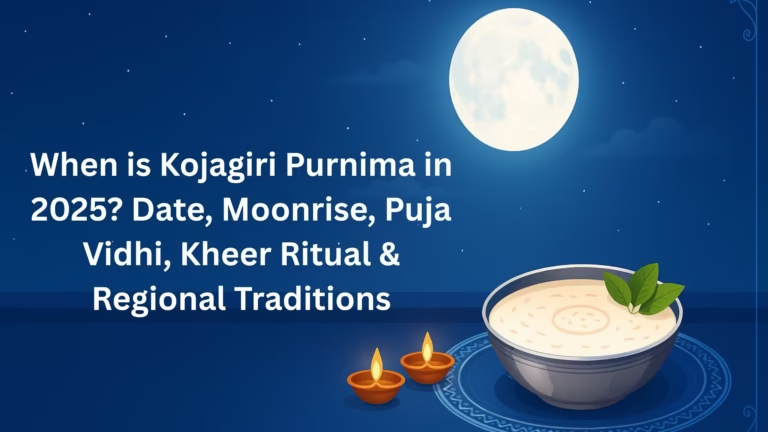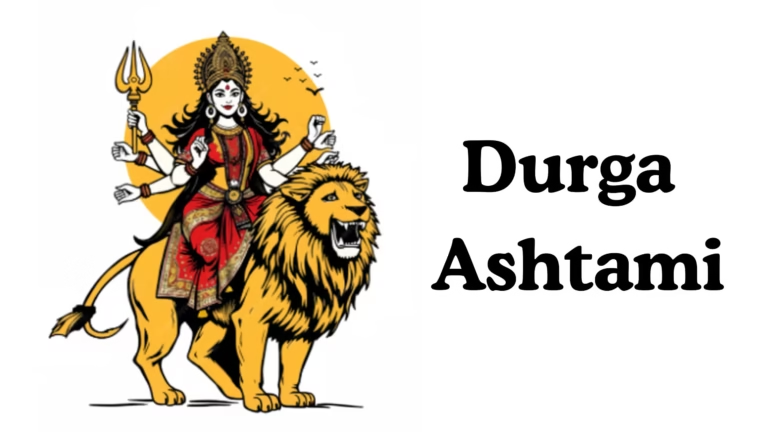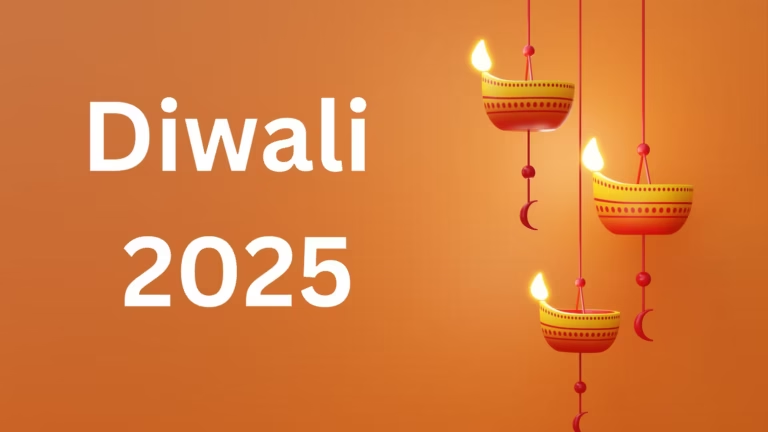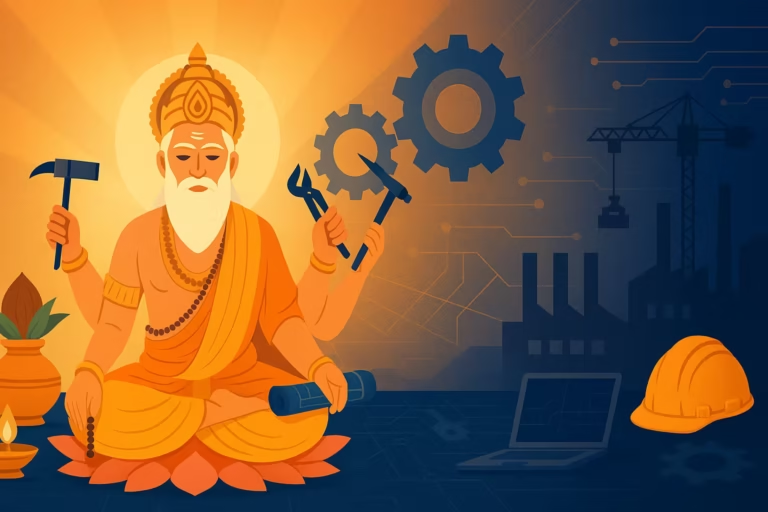Bail Pola is an important agrarian festival primarily celebrated in the Indian state of Maharashtra. It is a festival dedicated to bulls, acknowledging their immense contribution to farming and agriculture. This unique festival is deeply rooted in rural culture and traditions, reflecting the bond between farmers and their cattle. In this article, we will explore Bail Pola 2025’s date, history, significance, rituals, and celebrations across Maharashtra, along with the traditional foods prepared during this festival.
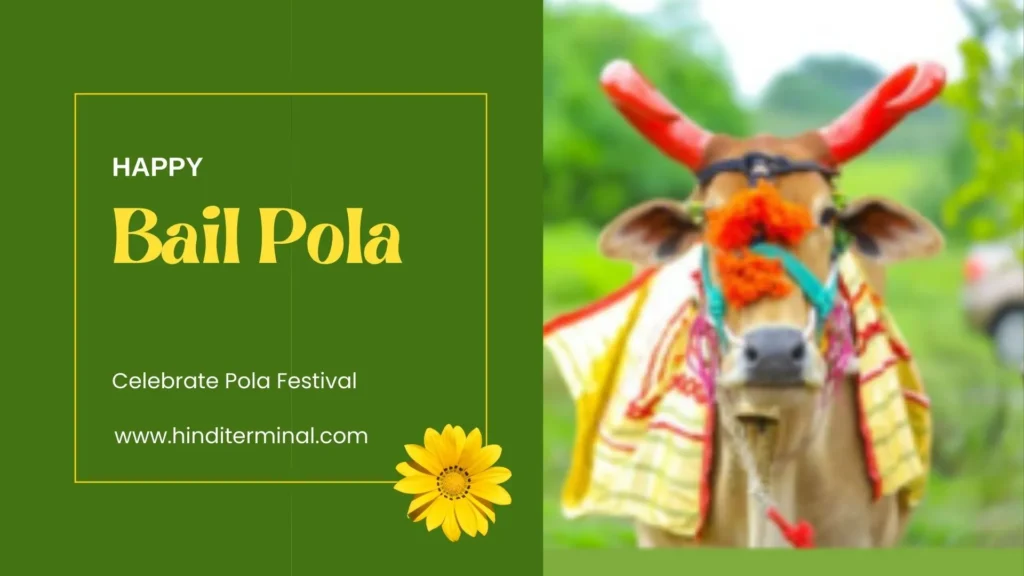
Table of Contents
When is Bail Pola in 2025?
Bail Pola is observed on the new moon day (Amavasya) of the Bhadrapada month in the Hindu calendar, which usually falls in August or September. In 2025, Bail Pola will be celebrated on Sunday, August 24, 2025.
When is Pola Festival Celebrated?
The Pola festival is celebrated on the Amavasya (new moon day) of the Bhadrapada month, a day before Shravan Amavasya. It usually occurs in the months of August or early September. The festival marks the end of the monsoon sowing season and is a way for farmers to express their gratitude to the bulls for their hard work in the fields.
Why is Bail Pola Celebrated?
Bail Pola is celebrated to honor and appreciate bulls, which play a crucial role in agricultural activities. It is a day when farmers take a break from their daily work and dedicate time to pampering and worshipping their bulls. The festival symbolizes respect for animals and acknowledges their invaluable contribution to human society.
In Hindu traditions, bulls are associated with Lord Shiva, as Nandi is depicted as his vehicle (Vahana). This connection also adds a spiritual dimension to Bail Pola celebrations.
How to Celebrate Pola?
The celebration of Bail Pola involves a series of traditional rituals and activities:
- Cleaning and Decorating Bulls: Farmers bathe their bulls, paint their horns, and decorate them with colorful ornaments, garlands, and turmeric paste.
- Puja and Worship: Aarti (prayer ritual) is performed, and farmers apply kumkum (vermilion) and haldi (turmeric) to the bulls’ foreheads as a mark of respect.
- Procession of Bulls: Decorated bulls are paraded through the village streets as part of grand processions. Children and villagers join in the festivities, playing traditional musical instruments.
- Feeding Bulls Special Food: Bulls are fed special treats such as gram, jaggery, and rice-based sweets.
- Celebrations with Folk Dances and Music: Traditional Maharashtrian folk dances and music performances add to the vibrancy of the festival.
- Social Gatherings: Farmers, their families, and communities come together to celebrate, exchange greetings, and enjoy festive meals.
Bail Pola Celebrations in Maharashtra
Maharashtra is known for its grand Bail Pola celebrations, particularly in rural areas. Some key highlights of celebrations in different regions include:
- Vidarbha Region: Farmers organize fairs and cultural programs, and bulls are adorned with colorful decorations.
- Western Maharashtra: The festival is celebrated with processions where beautifully decorated bulls are taken around villages.
- Nashik and Pune: Special pujas are performed in temples dedicated to Lord Shiva, and farmers host community feasts.
Apart from Maharashtra, Bail Pola is also celebrated in Madhya Pradesh, Chhattisgarh, and Telangana with regional variations.
Pola Festival Rituals
The rituals of Pola Festival begin early in the morning and continue throughout the day. The key rituals include:
- Washing and Grooming Bulls: Farmers bathe their bulls, oil their horns, and apply decorative colors.
- Offering Prayers: Bulls are worshipped with turmeric, kumkum, and flowers, followed by an Aarti.
- Tying Sacred Threads: A sacred thread or toran is tied around the bull’s horns for protection and blessings.
- Village Processions: The beautifully decorated bulls are paraded through villages while people sing devotional songs.
- Rest for Bulls and Farmers: Bulls are given rest for the day, and farmers refrain from using them for work as a mark of respect.
- Exchange of Sweets: Families prepare traditional sweets and share them with neighbors and relatives.
Pola Festival History
The origins of the Pola festival can be traced back to ancient agrarian societies where bulls were the backbone of farming. Historical texts and folklore mention that Bail Pola was observed by farmers to ensure a prosperous harvest season. The festival is believed to have been inspired by the practice of honoring nature and animals in Indian traditions.
Hindu mythology also associates bulls with divine energies. In Vedic texts, the bull is a symbol of Dharma (righteousness) and strength. The festival thus not only has agrarian importance but also carries spiritual and cultural significance.
Foods on Pola Festival
Food plays a significant role in Pola celebrations. Some traditional dishes prepared during this festival include:
- Puran Poli: A sweet flatbread made with chana dal (split chickpeas) and jaggery filling.
- Khirapat: A sweet mixture of coconut, jaggery, and dry fruits.
- Bajra Bhakri: A pearl millet flatbread served with homemade butter or jaggery.
- Pithla and Bhakri: A traditional dish made from gram flour, paired with jowar or bajra roti.
- Shengdana Ladoo: Peanut-based sweet balls made with jaggery and cardamom.
- Rice and Dal Varieties: Special preparations of rice and lentils are made as part of the festive meal.
Conclusion
Bail Pola is more than just a festival; it is a heartfelt tribute to the invaluable contribution of bulls in agriculture. It fosters a sense of gratitude, community bonding, and cultural pride. In 2025, Bail Pola will be celebrated on August 24, bringing joy, devotion, and traditional festivities to rural India. Whether you are a farmer or someone who appreciates cultural heritage, Bail Pola is a festival worth witnessing and understanding.
This festival continues to remind us of the importance of sustainable farming, animal welfare, and the deep-rooted traditions that shape India’s agricultural landscape.
Read article in Hindi : बैल पोला 2025: बैल पोला कब है? क्यों और कैसे मनाया जाता है? जानें अनुष्ठान और पारंपरिक व्यंजन | Bail pola 2025
Complete List of Up Comming Hindu Festivals in 2025
| Festival Name | 2025 Date | Read More |
|---|---|---|
| Makar Sankranti | January 14, 2025 | Read More About Makar Sankranti |
| Vasant Panchami | February 2, 2025 | read more about Vasant Panchami |
| Maha Shivaratri | February 26, 2025 | Read More About Maha Shivratri |
| Holi | March 14, 2025 | Read More About Holi |
| Gudi Padwa | March 30, 2025 | Read more about Gudi Padwa |
| Ram Navami | April 6, 2025 | Read More about Ram Navami |
| Hanuman Jayanti | April 12, 2025 | Read More about Hanuman Jayanti |
| Akshaya tritiya | April 30, 2025 | Read More about Akshaya Tritiya |
| Raksha Bandhan | August 9, 2025 | Read More about raksha Bandhan |
| Janmashtami | August 15, 2025 | Read More about Janmashtami |
| Ganesh Chaturthi | August 27, 2025 | Read More about Ganesh Chaturthi |
| Navaratri/Durga Puja | september 22– october 1, 2025 | Read More Navratri/durga puja |
| Dussehra | October 2, 2025 | Read More about Dussehra |
| Diwali | October 21, 2025 | Read More about Diwali |
| Bhai Dooj | October 23, 2025 | Read More about Bhai Dooj |
